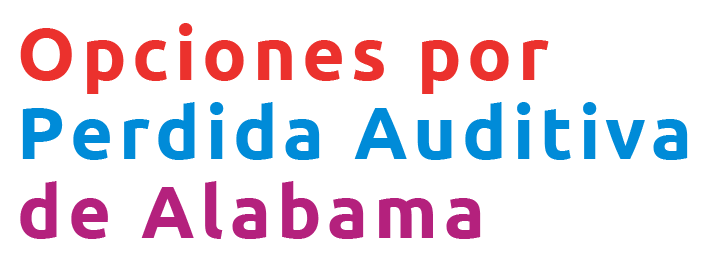Preguntas Frecuentes
Answers to Common Questions
Is there a “best” choice?
No Language or way of communication is perfect No one choice works well for all children who are deaf or hard of hearing. With good information, you can make a good choice for your child and your family.
How will I decide which choice will be best for my child?
Good information helps you answer important questions. Some questions that may help you as you make your choice are:
- What commitments will be required for my child to be successful if I choose this option?
- What family responsibilities will I take on if I choose this option?
- Does my child have unique strengths or special challenges I need to think about when I make this choice?
- What are expected outcomes? What will Kindergarten look like for my child? Third grade? High school? Adult life?
- What would work well in our immediate family? Extended family? Our circle of friends? Our community? (It may be helpful to imagine dinnertime conversations, family gatherings, play dates, and sports activities as you think about these questions.)
What choices are available in Alabama?
In Alabama, the two most common choices for providing children who are deaf or had of hearing with the ‘time in language’ they need are:
- Listening and Spoken Language (LSL) along with hearing technologies
- American Sign Language (ASL) along with written English
Do I have to make a choice? Wouldn’t it be best to give my child everything?
Take a careful look at what family commitments and responsibilities are required for each choice. Each choice comes with ‘must do’ items that are required for success. It is hard to make everything a priority. The more ‘must do’ things there are to pay attention to, the harder it is to do them well. If the commitments and responsibilities are only met ½ way, the outcomes will be ½ way.
Remember, children learn a language best when it is used with them in meaningful ways. Back and forth conversational turns about things and activities that are meaningful and interesting to the child are important. Back and forth conversational turns let the practice receiving and giving information. Back and forth conversational turns with an adult who uses a language well give children experience with that language and how that language is structured. Practice and experience allow children to learn new words and learn how to put those words together into sentences and stories.
How will I know that I have made the right choice?
Whatever choice you make, be sure to check your child’s progress regularly. Children grow and develop quickly. Their language skills need to keep up. By checking regularly, you will know if the plan you made for your child and your family is working. If skills are not developing or progress is too slow, you’ll know. You can ask questions or make changes. If progress is on track, you can keep the plan going with confidence.
